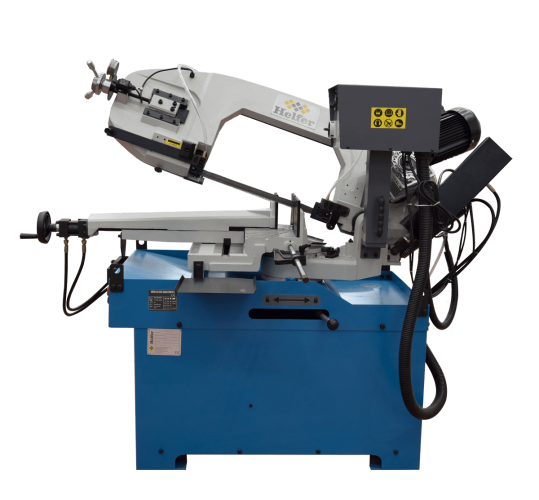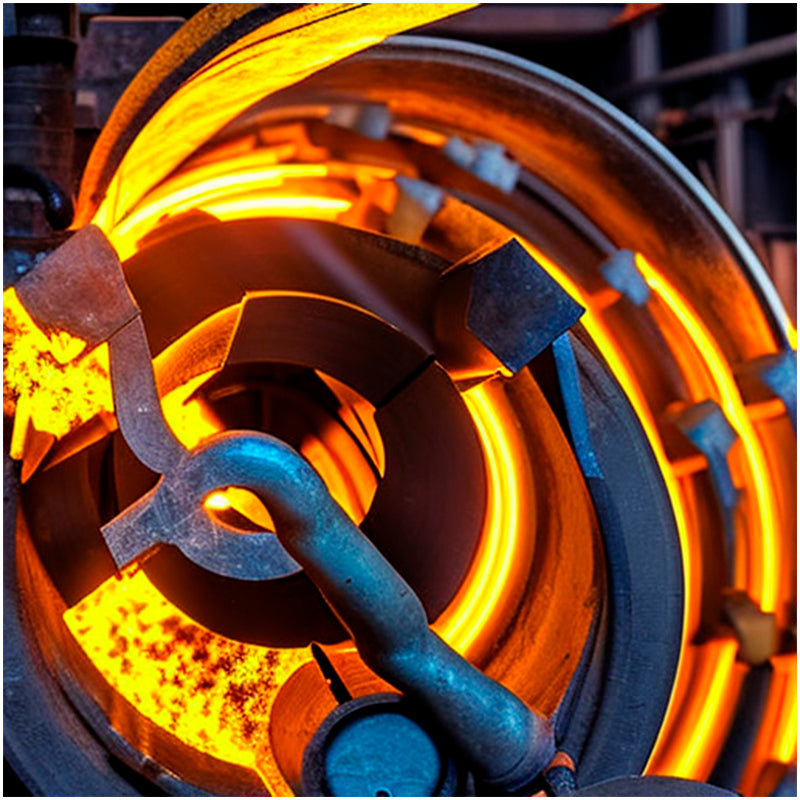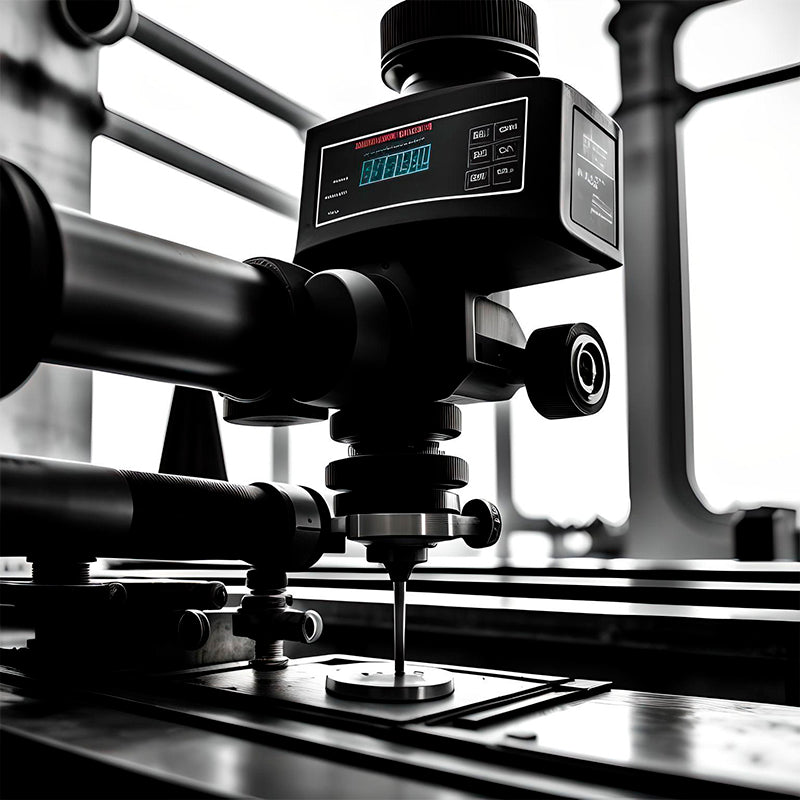CNC jaws
What are CNC jaws and how do they work?
CNC clamps are tools designed to grip a specific workpiece by friction . CNC systems allow the task to be performed not manually (which would be slower and more dangerous), but rather by computer programming, allowing for precise precision.
CNC vices typically feature a spindle mechanism to allow for continuous workholding. While holding a workpiece stationary, they allow work to be done on it during repair or manufacturing processes.

Clamps can be incorporated into workbenches or other machining tools such as milling and drilling machines. The machines they can be incorporated into will be limited by the CNC clamp base.
There are two types of jaw bases: fixed and swivel. Swivel-base jaws are designed to fit any graduated circular plate. The jaws are secured by another jaw or screws. Fixed-base jaws require simpler plates, as they do not allow any type of mobility.
Features of CNC jaws
The characteristics of CNC jaws may present structural variations in their measurements, guide shape, base type or jaw length depending on the model in question.
However, all of them are characterized by being compatible with certain accessories that allow you to expand the number of pieces you can work with. Clamps are the most common accessory added to clamps. These are nylon, leather, lead, or cork covers that improve the clamps' strength, increasing their durability.
Operation of CNC jaws
CNC jaws can be operated hydraulically or pneumatically. In both cases, the jaw opening and closing process is automated using computer numerical control.
Using the CNC control panel, you can precisely configure the most appropriate pressure level for the workpiece. Thanks to computerized automation, this requires no effort.
CNC
CNC (Computer Numerical Control) is the system responsible for CNC jaws' ability to deliver perfect precision. This system is controlled by software designed exclusively for this type of machined tool.
The operation of the CNC clamping system is based on the position of the Z, Y and X axes. Thanks to this feature, the software can be manipulated to communicate a precise clamping position of the piece to be worked, without being limited to working on a single specific plane.
It's worth mentioning that, first, it's necessary to design the part to be machined so that the CNC system can recognize it. In most cases, this is accomplished using computer-aided design (CAD) software.
After designing the part, the CNC system can add the work instructions the clamp must follow. Each of the instructions transmitted to the tool must have a specific standard language. This language consists of a code composed of keys designed to describe each action or movement in a specific sequence.

The complexity of preparing the instructions will depend on the workpiece being handled, but in the case of CNC vices , the difficulty is usually not very high. In addition to the sequential positioning values, it will be necessary to adjust the pressure values that the vice should exert on the workpiece.
To facilitate the use of the CNC system, there is a support program called CAM (computer-aided manufacturing). CAM software, in combination with CAD software for computer-aided design, largely automates the programming of instructions for the CNC clamp to follow, ensuring maximum precision and efficiency.
Types of CNC jaws
Clamps are classified into three different types according to the use for which they are designed.
Classic screw clamp
Classic vice jaws are available in various sizes and can be made of wood or metal. They are designed for basic clamping tasks.
Progressive or fixed-feed jaws
They are also available in different materials and sizes. They are the easiest to adjust, so they are designed for use in jobs that require constant manipulation of the pressure with which the work is held and greater delicacy.
Spring clamp jaws
They are designed to work with smaller objects. Like progressive jaws, they allow you to work with workpieces that require constantly varying gripping pressure.
















